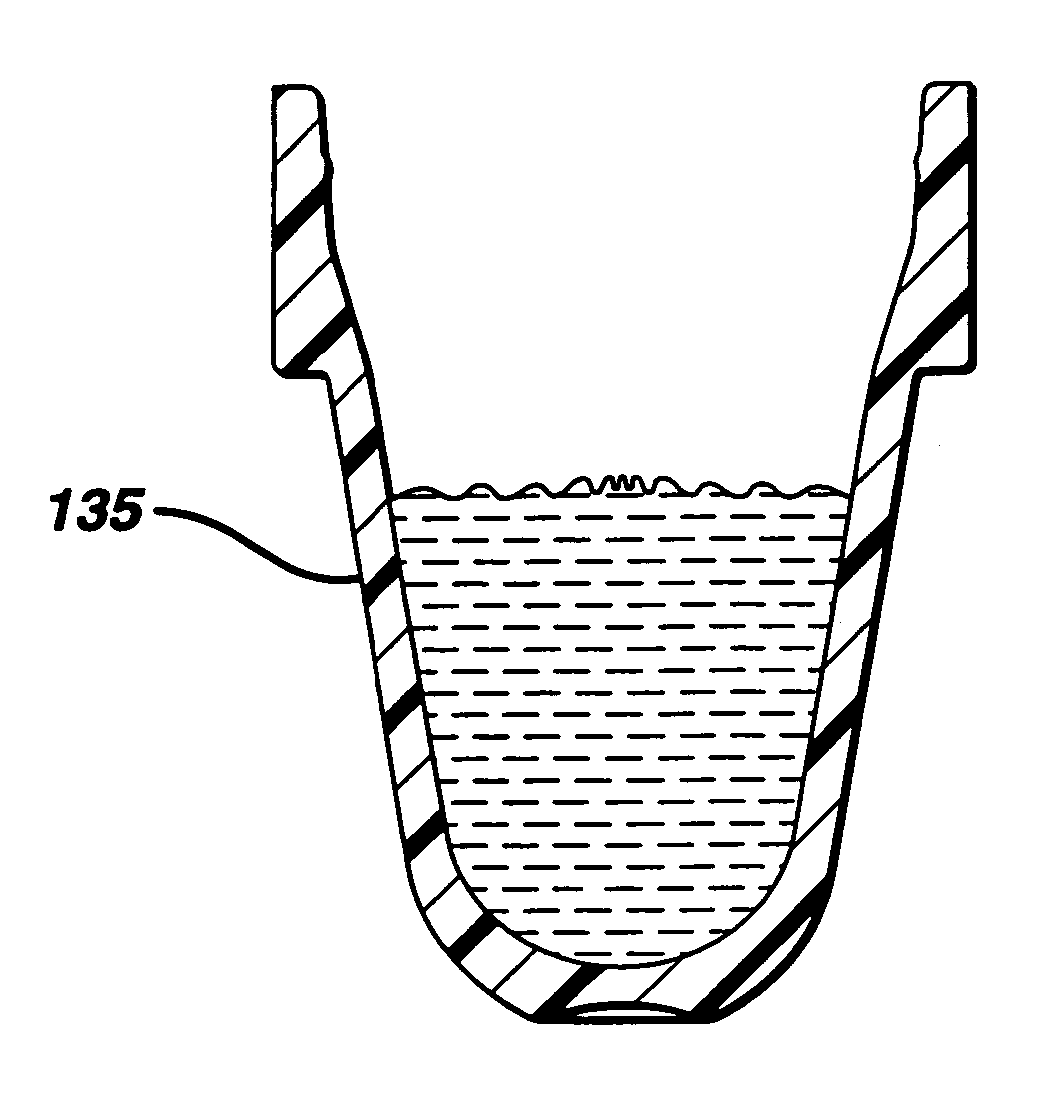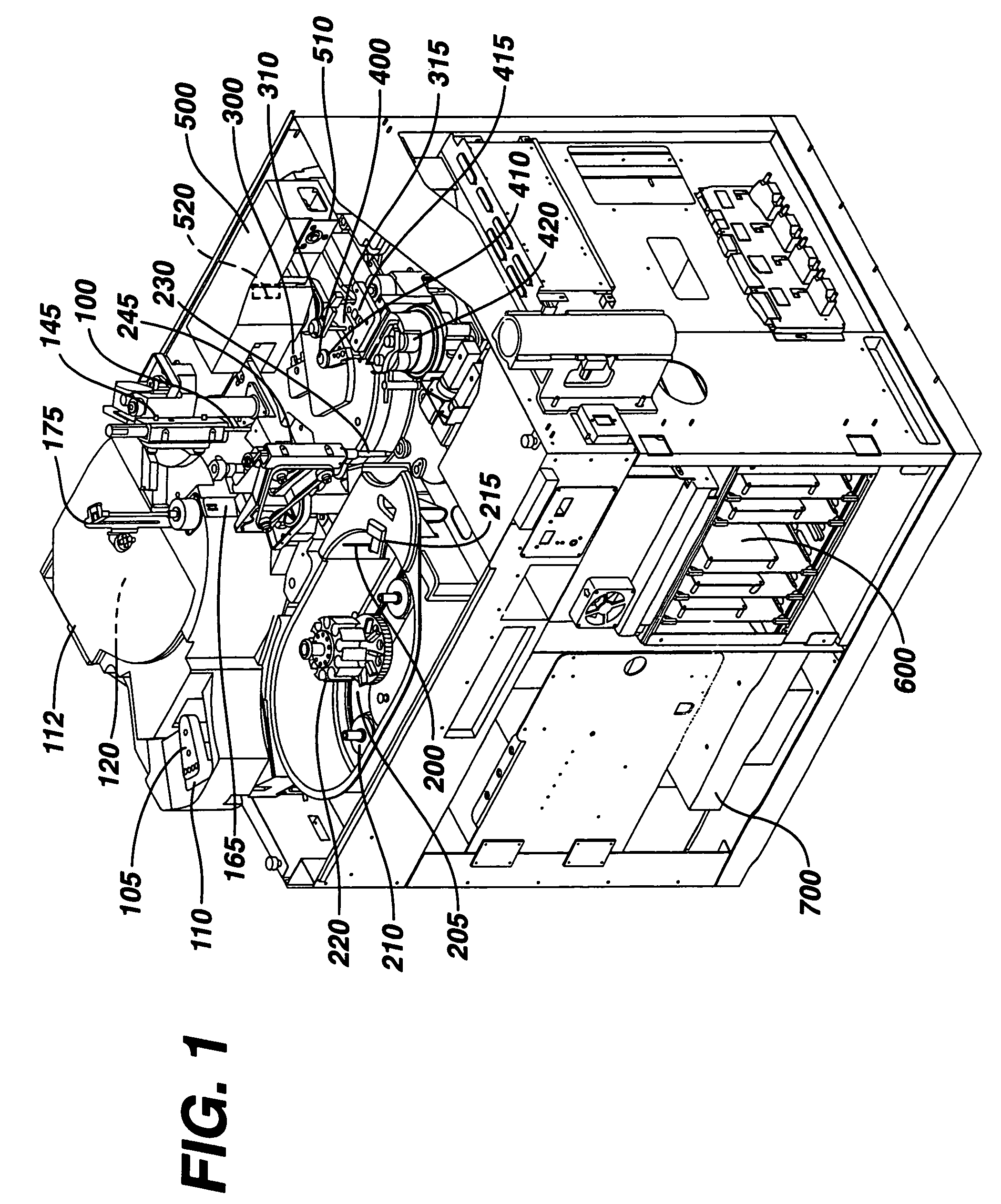Failure detection in automated clinical analyzers
a clinical analyzer and automated technology, applied in the field of analytical equipment, can solve the problems of failure, insufficient volume recording of fluid metering failure, and failure identification
- Summary
- Abstract
- Description
- Claims
- Application Information
AI Technical Summary
Benefits of technology
Problems solved by technology
Method used
Image
Examples
Embodiment Construction
[0030]The invention involves methods and devices for detecting failures in an analyzer for conducting clinical assays. Multiple detection schemes are identified for the detection of the same failure mode. In this was, for a failure mode to be undetected, it would have to pass through several, serial detection schemes, each with its own probability of detection. The probability of that failure mode to pass through any combination of the detection schemes undetected would be 1 divided by the product of the detection probabilities for each affected scheme. By taking advantage of the multiplying effect of multiple detection schemes targeting the same failure mode, each detection scheme does not have to be extremely robust in order to achieve a robust detection system. At the same time, a combination of detection schemes can be selected so that properly conducted functions are not erroneously determined to be failures.
[0031]As a general matter, the analyzer is first conceptually categori...
PUM
| Property | Measurement | Unit |
|---|---|---|
| length | aaaaa | aaaaa |
| length | aaaaa | aaaaa |
| diameter | aaaaa | aaaaa |
Abstract
Description
Claims
Application Information
 Login to View More
Login to View More - R&D
- Intellectual Property
- Life Sciences
- Materials
- Tech Scout
- Unparalleled Data Quality
- Higher Quality Content
- 60% Fewer Hallucinations
Browse by: Latest US Patents, China's latest patents, Technical Efficacy Thesaurus, Application Domain, Technology Topic, Popular Technical Reports.
© 2025 PatSnap. All rights reserved.Legal|Privacy policy|Modern Slavery Act Transparency Statement|Sitemap|About US| Contact US: help@patsnap.com



